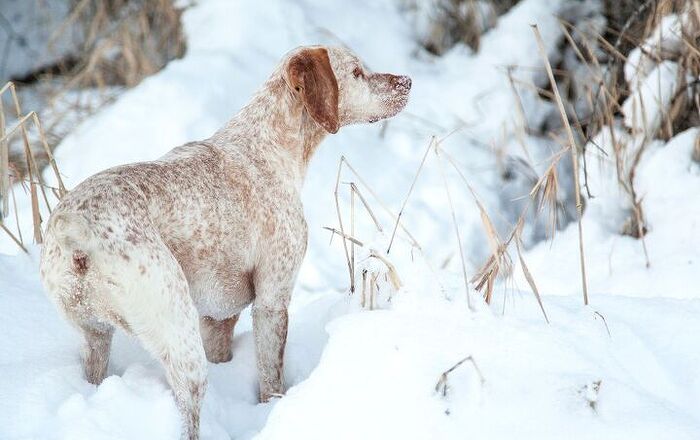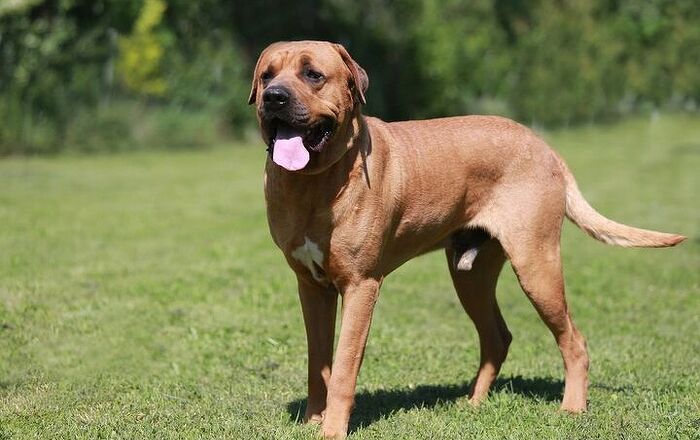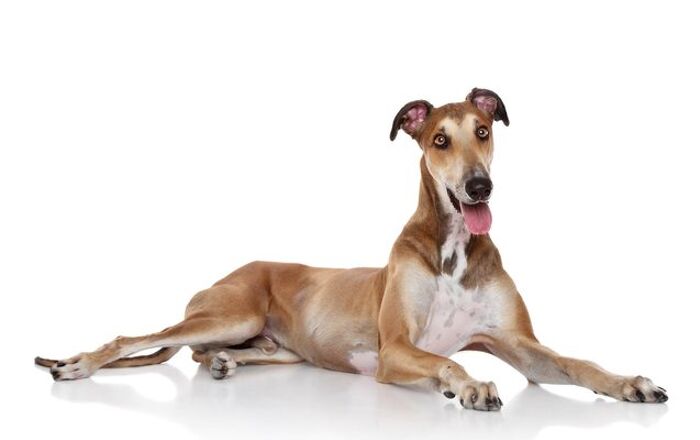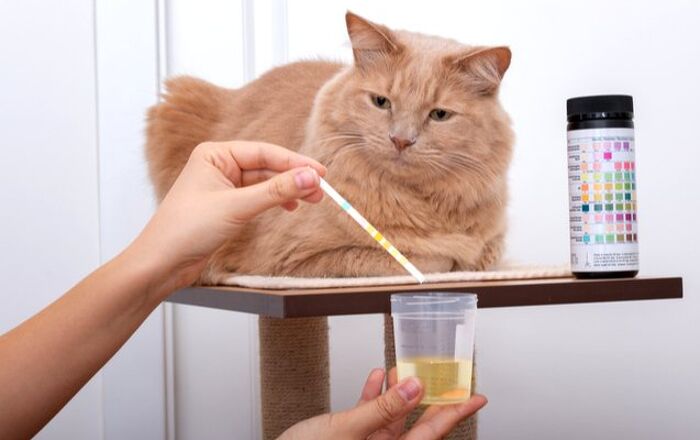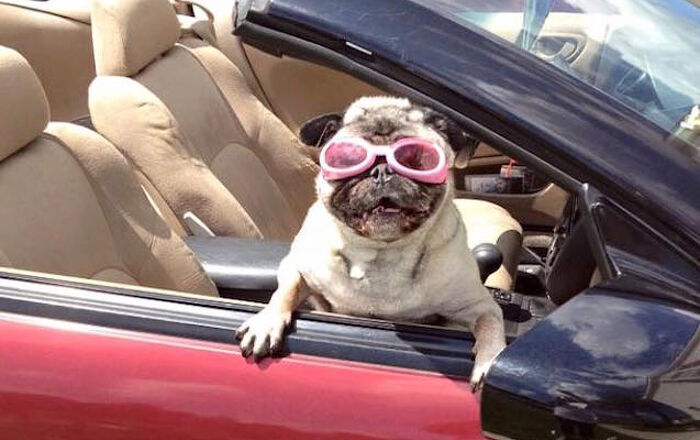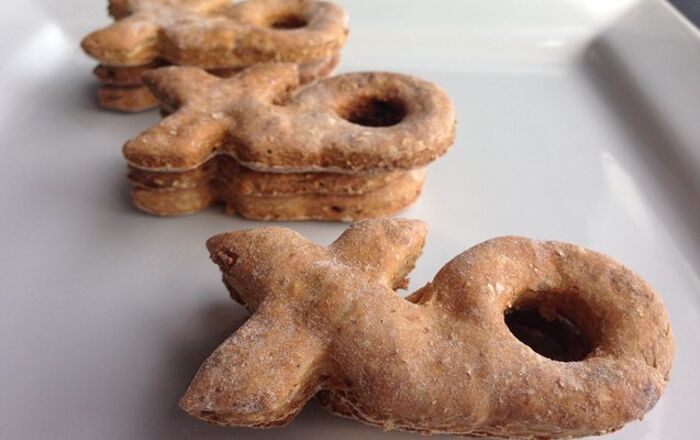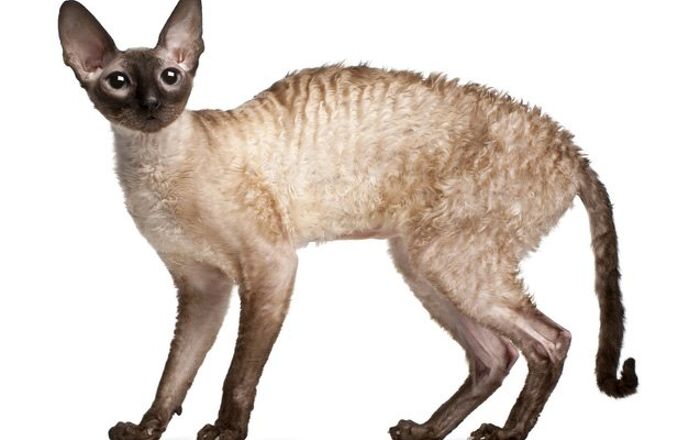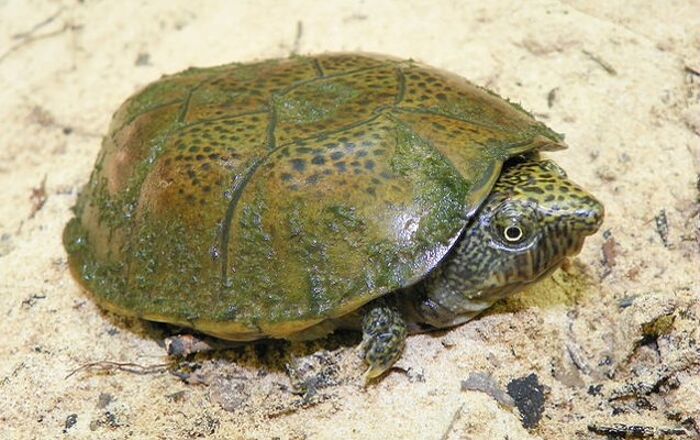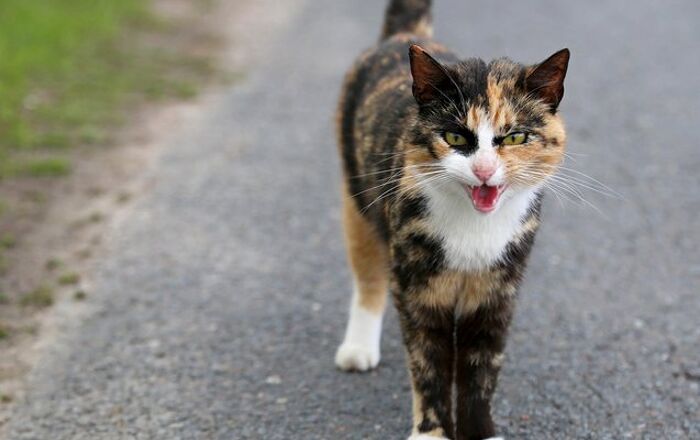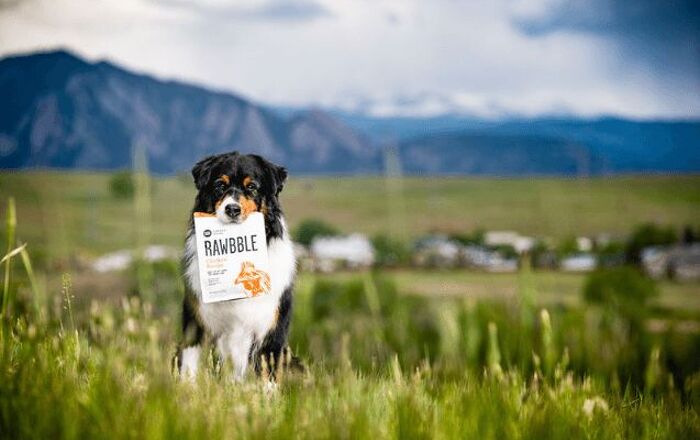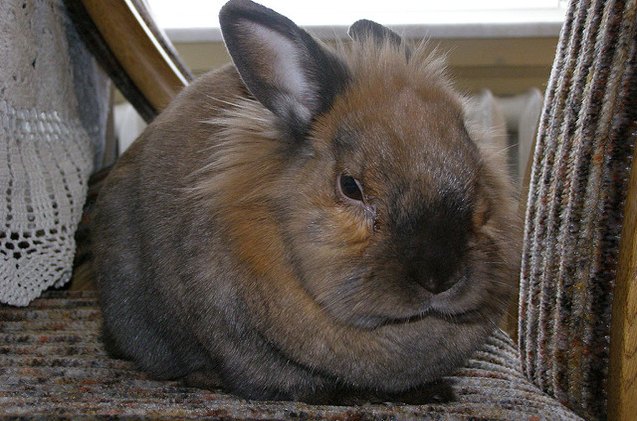
Polish Rabbit Breed History/Origin
Despite its name, the Polish Rabbit breed has its origin in England and it may have been offspring of an albino Dutch rabbit. In the early 1800s, a few white rabbits of small sized (and probably mixed origins) popped up in England and breeders began calling them “Polish” (we will never know why they decided to call them by this name). It is thought that it was developed by breeding a Dutch and Himalayan rabbit dating back to the 1600s. By the 1900s, they were one of the most popular meat breeds in Europe, especially in Belgium. These rabbits eventually made their way to America around 1912 and were used to source other breeds, such as the Netherland Dwarf. Soon after, the Polish Rabbit was accepted by the American Rabbit Breeders Association (ARBA).
The Polish Rabbit has a short head with full cheeks, large eyes and short ears.
Overall Description
This rabbit breed has a short head with full cheeks, large eyes and short ears which point and touch each other all the way to the tip. They have a compact body shape and carry the dwarf gene, meaning they should not weigh more than 3.5 lbs.
Coat
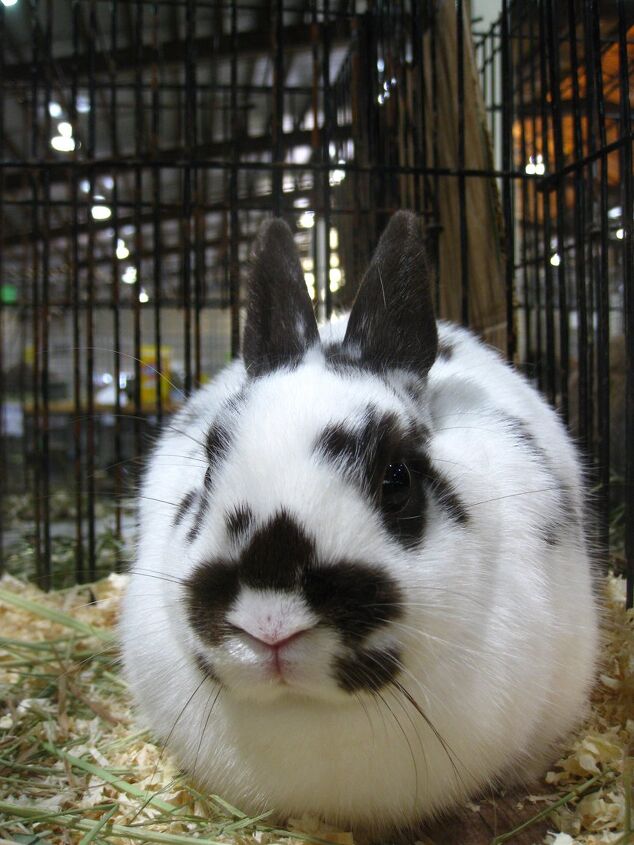
The Polish rabbit has short, soft, flyback fur that is easy to maintain in comparison to other breeds, which have longer wool (Angoras, for instance). To keep it maintained, you should groom your rabbit once a week or biweekly. During the spring or when they start to shed, you may want/need to increase your grooming to twice a week in order to keep your house fur-free.
Colors
There are six varieties of Polish rabbit coat color/markings that are accepted by the ARBA. They are: Ruby-Eyed White (REW), Black, Blue, Chocolate, Blue-Eyed White (BEW) and Broken pattern (which is any color mixed with white).
Polish rabbits love attention and will happily let you pick them up.
Care Requirements
These rabbits do not need a large enclosure, as they are small in size. Having said that, we do recommend this breed stay indoors because of their small size (it makes them easy targets for predators such as racoons and coyotes). Your indoor rabbit enclosure should be made of wire, be large enough for your rabbit to comfortably stretch out and have a plastic/metal bottom that’s covered in comfortable bedding (horse bedding works well). The bedding needs to be spot-cleaned every day and completely replaced every week.
A Polish rabbit’s diet is like any other rabbits in that it should consist mainly of hay (70 percent), while the rest should be a healthy balance of pellets, leafy greens, fruits, and vegetables. Research what kind of fruits, vegetables and greens are rabbit-friendly – if you’re not sure if a particular food can be eaten, the rule of thumb is simply not to give it to them. Limit the amount of fruits that are high in sugar, and make sure to stay clear of iceberg lettuce, as it contains too much water and too little fiber to count as a good meal. Do not feed your rabbit yard clippings as grass can be treated with fertilizer, insecticides, pesticides, and other chemicals that can harm your rabbit.
Health
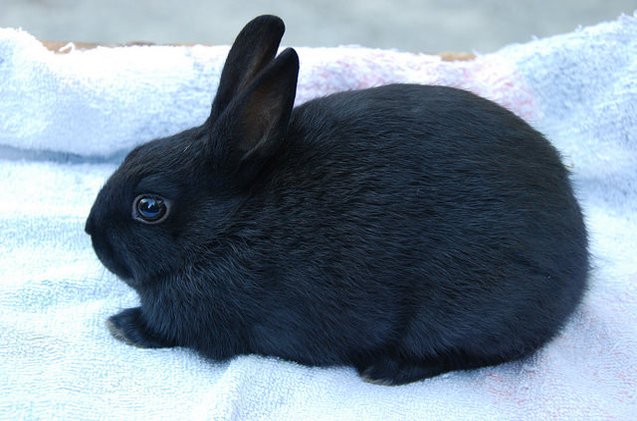
Polish rabbits are not particularly susceptible to any specific hereditary disease, however there are many common problems that can occur. Cages should always be made of galvanized steel and should have a separate part where droppings will not get caught in their fur, or else problems such as flystrike can occur. Flystrike is an extremely painful condition that can often leave your bunny immobilized in agony or even result in death if their cages are not properly tended after.
Two other common rabbit conditions are ear mites and overgrown teeth. Be sure to check your rabbit’s ears for signs of ear mites (more common with rabbits with have larger ears). Check your rabbit’s mouth at least once every other week to make sure their teeth are an appropriate size. A diet high in hay will make sure that their teeth are properly shaven down (hay does this naturally), but if you find your rabbit’s teeth are still growing out of control, a rabbit-safe block of wood they can chew on is sufficient to keep them at a reasonable length. Otherwise, teeth that are growing into your rabbit’s jaw or face need to be taken care of by a veterinarian.
A Polish rabbit’s docile, affectionate nature makes it a wonderful pet for singles, couples, seniors, or families.
Temperament/Behavior
Most believe that smaller rabbits are best suited for families with young children, as the rabbit is still small, cuddly and adorable well into its adult years. However, the smaller the rabbit, the easier it is for children to drop them and accidentally hurt them, so we do not recommend this rabbit breed for small children despite their excellent disposition. Their docile, affectionate nature is wonderful for singles, couples, seniors or for families with children old enough to understand how delicate rabbits are.
These rabbits love attention and will happily be picked up, held and petted by their human companions. Their small size makes them a great pet for those living in small apartments. Providing some toys for your rabbit to chew and play with is also a good idea, because your rabbit may entertain itself in other ways (your personal property may be their first culprit).
These small rabbits are slightly more trainable than larger ones – magicians, for example, often use these small rabbits as part of their show. While teaching your Polish rabbit how to pop out of an “empty” top hat may not be your top priority, teaching them how to stay, come and litter training them would be useful. Teaching rabbits how to perform tricks and training is not as easy as teaching a dog or cat, but it is possible with time, patience and rewards.
Photo credit: vjmarisphotos/Flickr; magro_kr/Flickr; rabbit_mage/Flickr

